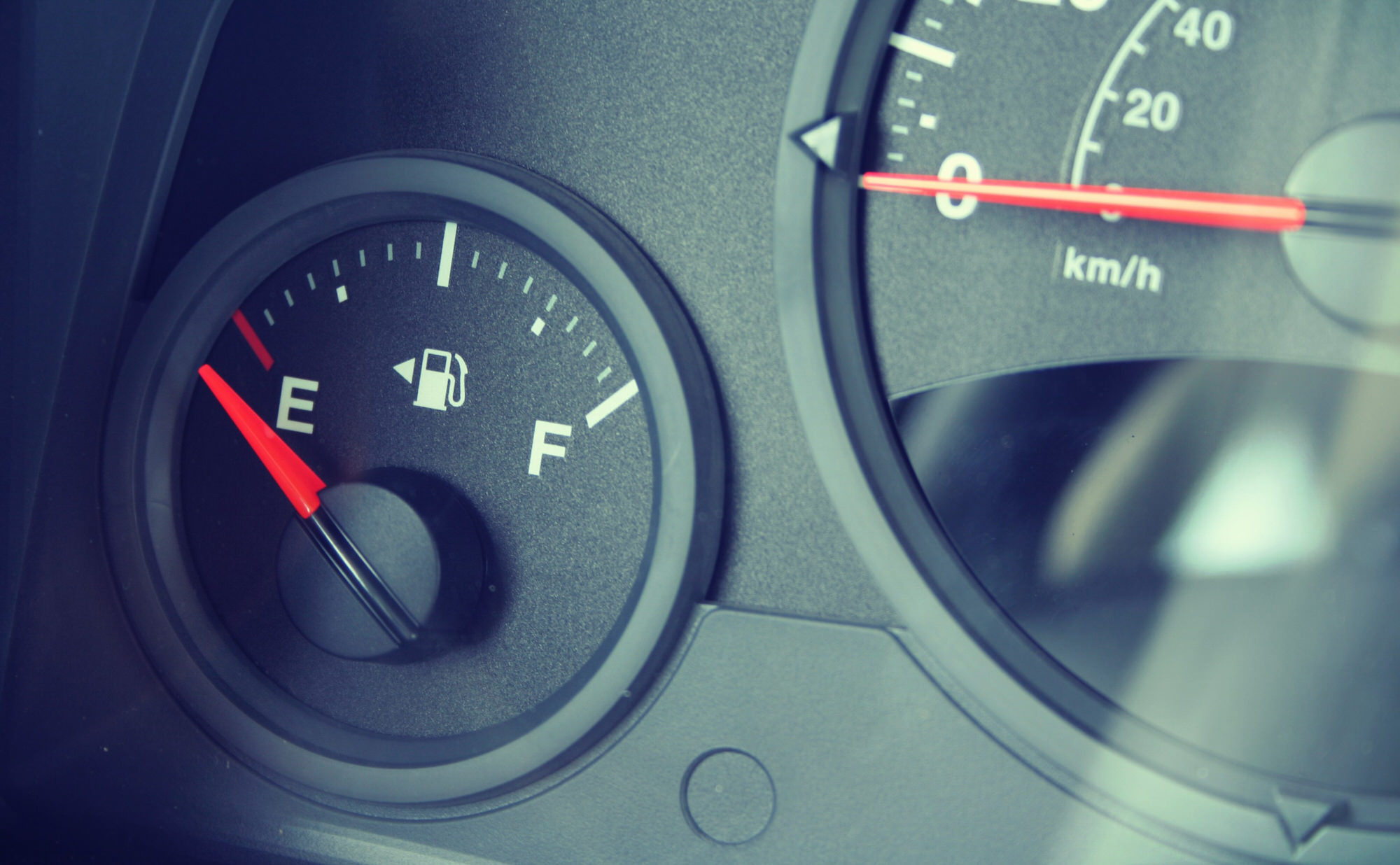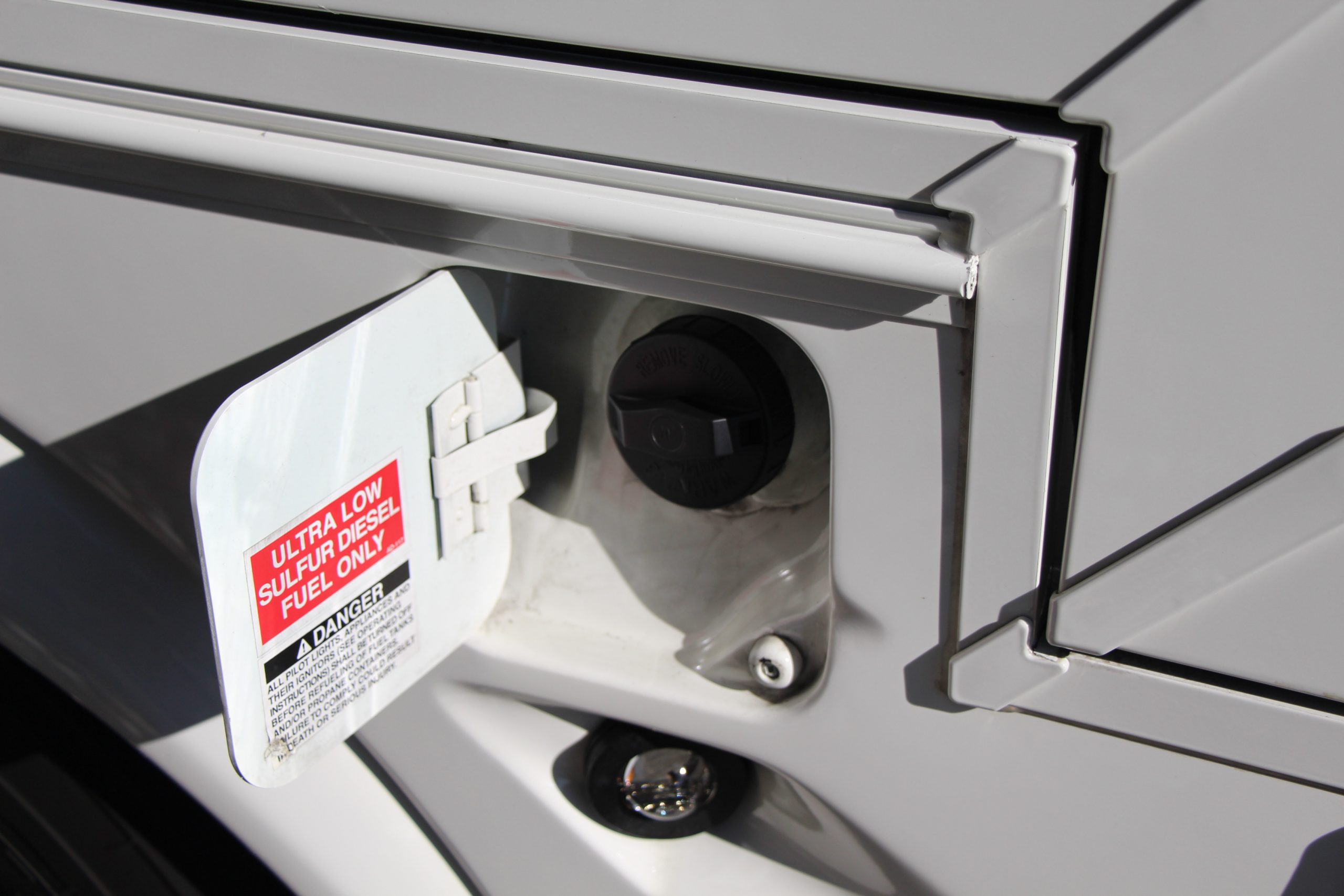The Little Arrow That Could: Unveiling the Gas Gauge Arrow's Tale

by AutoExpert | 20 October, 2023
In the tapestry of symbols that adorn your car's dashboard, there lies a diminutive arrow beside the fuel gauge, often unnoticed but bearing a tale of whimsy and practicality. This arrow, unassuming as it may seem, carries a legacy intertwined with automotive history and a rainy day.
As you nestle into your car seat, this arrow quietly whispers the side your car's fuel filler cap rests on—a boon in unfamiliar or rental cars. Let's delve into the quaint journey of this arrow from a rain-soaked idea to a staple in modern vehicles.

A Raindrop of Inspiration:
Flashback to April 1986—a downpour embellishes the cityscape as Ford designer Jim Moylan finds himself in need of refueling the company car he's cruising in. A minor hiccup occurs as he pulls up to the wrong side of the pump, and as he dashes around the car to reach the filler cap, the rain showers him with a spark of inspiration. This soggy inconvenience propels Moylan to pen down a memo suggesting Ford cars to bear a gas tank arrow on their fuel gauges, directing to the side housing the filler cap. Ford, finding charm and utility (not to mention the cost-effectiveness) in this idea, introduces it in the 1989 models of Ford Escort and Mercury Tracer.

A Nod to Mercedes:
But the narrative takes a little detour as we rewind further to 1976, where Mercedes-Benz had already flirted with a similar idea. Their W123 model bore a low fuel warning light shaped like an arrow, elegantly pointing towards the filler cap—a solution both efficient and aesthetic. However, this arrow-light soon faded away, perhaps due to cost considerations or its subtlety eluding motorists. Eventually, Mercedes hopped onto the Ford bandwagon, incorporating the printed gas tank arrow in its 1997 G-Class SUVs.

The Side Debate: Driver or Passenger?
The placement of the gas filler cap, whether on the driver's side or passenger's, sparks a mild debate in the automotive world. While convenience champions the driver's side placement, safety advocates argue in favor of the passenger's side, especially for roadside refueling scenarios. However, the discord doesn't stem from a dramatic rationale—it's often about simpler mechanical and regional factors. For instance, cable releases for fuel filler doors find it easier to nest on the driver's side, and Japanese cars, designed for left-side driving, maintain their "driver's side" filler cap even when exported to right-side driving nations.

Gas Tank Sides: A Free Realm:
Amidst the stringent regulations governing automobile designs, the freedom to choose the gas filler cap's side seems like a whimsical liberty. This liberty, though, comes with a backdrop of safety evolution, transitioning from rear bumper placements prone to hazardous spills to the current norm adhering to crash safety standards. The gas tank arrow emerged as a quaint solution to navigate this liberty, making our fueling stops a tad less puzzling.
The tale of the gas tank arrow weaves through rainy mishaps, historical detours, and the ever-evolving landscape of automotive design. As you glance at your fuel gauge arrow the next time, you now share in the whimsy and practicality of this tiny guide. Whether you find yourself at a bustling gas station or amidst a serene, rainy landscape, this arrow will always point you in the right direction, embodying a little slice of automotive history.

















